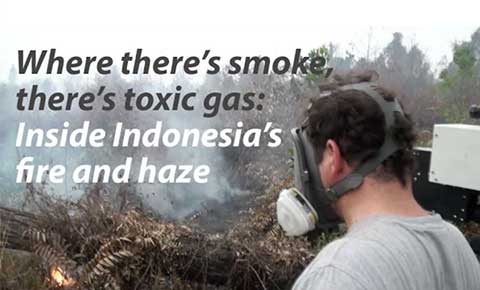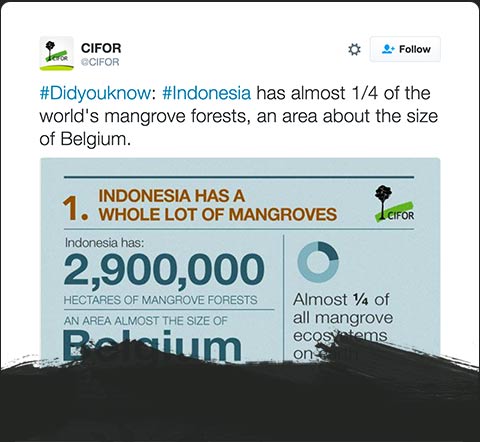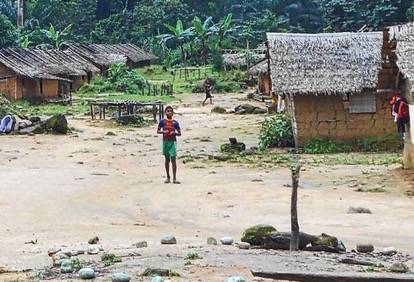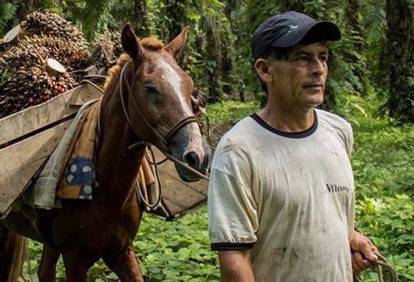Welcome messages
Letter from the Director General
This year was pivotal for forests and landscapes, as the global community united for two critical milestones: the Sustainable Development Goals (SDGs) and the Paris Agreement on reducing greenhouse gas emissions.
CIFOR has kept pace over the year, closely monitoring progress toward these objectives in order to align our strategy with the greater sustainable development agenda. Forests and landscapes are central to this agenda: land-use change accounts for 25 percent of global emissions, and the one billion people who depend on forests for their livelihoods must find ways to adapt to a changing climate. Poverty, food security, jobs, energy, water, equity and ecosystem health are all shaped – and in turn shape – landscapes across the world.
Forests are essential for achieving all 17 SDGs. Understanding this requires a broader approach and a long-term perspective, along with a redefinition of ‘forestry’ to include all of the ways that forests and trees contribute to sustainable development.
As 2015 drew to a close, CIFOR brought together a record number of stakeholders from forestry, agriculture, water, energy, law and finance at the third Global Landscapes Forum in Paris to debate and forge integrated solutions to the planet’s greatest climate and development challenges.
In 2016 we will build upon this momentum, launching into the post-2015 era with a new 10-year strategy focused on delivering impact through high-quality research, capacity building and active engagement with the global development community.

Peter Holmgren
Director General
________________
Letter from the Chair, Board of Trustees
CIFOR and its partners continued to work together in 2015 toward the sustainable and equitable use of the world’s forests.
The Center stepped up its efforts to achieve impact through research that informs government policies on the use of forests. An independent evaluation of CIFOR’s 7-year Global Comparative Study on REDD+ by the UK’s Overseas Development Institute found that key recommendations from CIFOR research were used to inform the international climate negotiations. They were also integrated into the design and implementation of national REDD+ activities and helped increase the efficiency and effectiveness of national-level REDD+ policies.
2015 illustrated CIFOR’s financial resilience and management adaptability, as the Center navigated significant financial challenges to adjust to major cuts to its core funding. Despite funding and staff reductions, CIFOR managed to extend the influence, depth and reach of its research and work. Working in more than 50 countries from three regional hubs and its headquarters, with 77 partner organizations, CIFOR successfully participated in two CGIAR Research Programs (FTA and CCAFS), engaged with 13 global and regional processes and frameworks (such as the UNFCCC) and led research projects across the forests and forestry research agenda at local, national, regional and global scales.
I look forward to 2016 as CIFOR takes the lead in forestry research, with a new 10-year strategy and renewed commitment to delivering impact.

John Hudson
Chair, Board of Trustees












 35,200
35,200








































